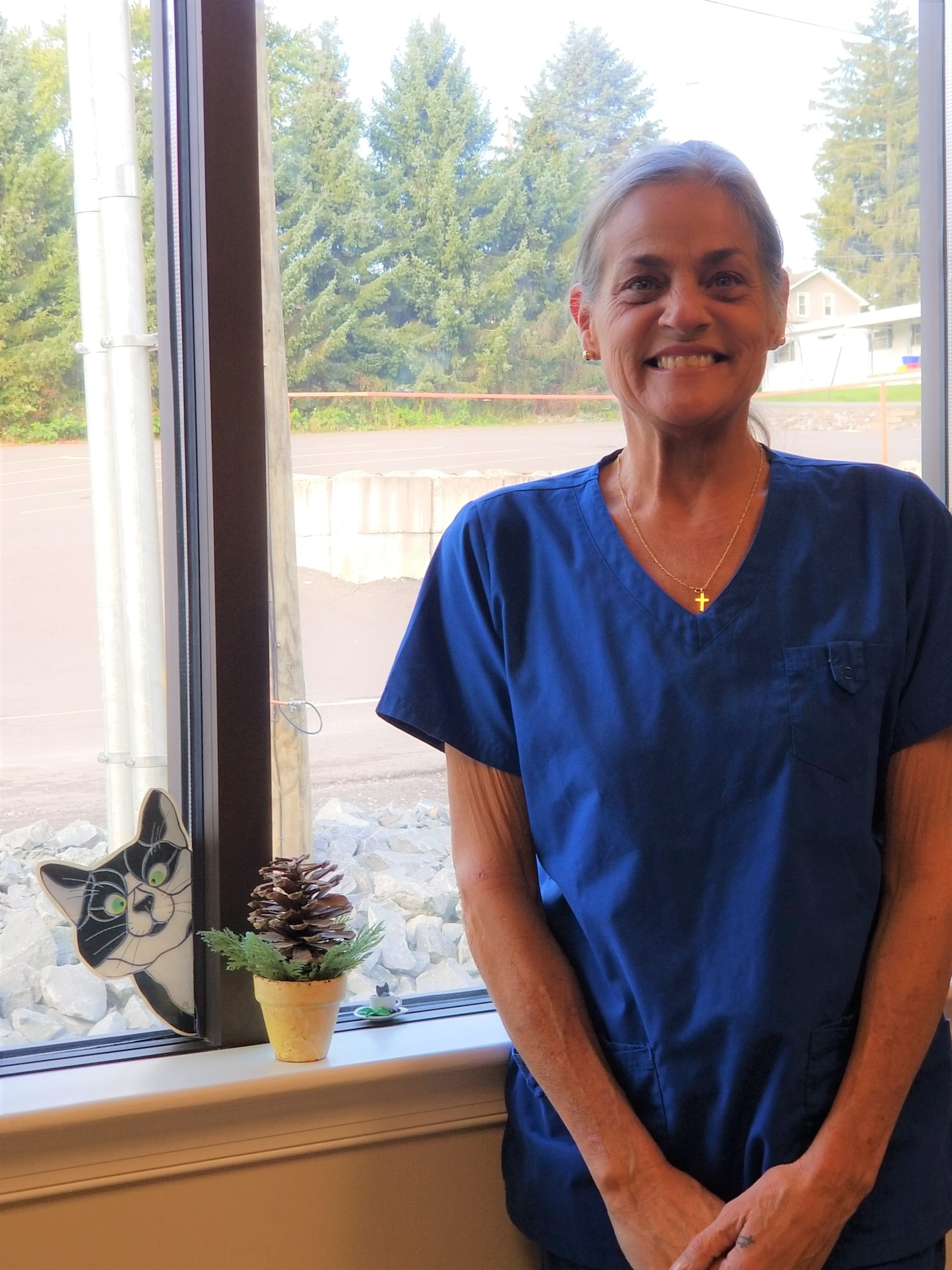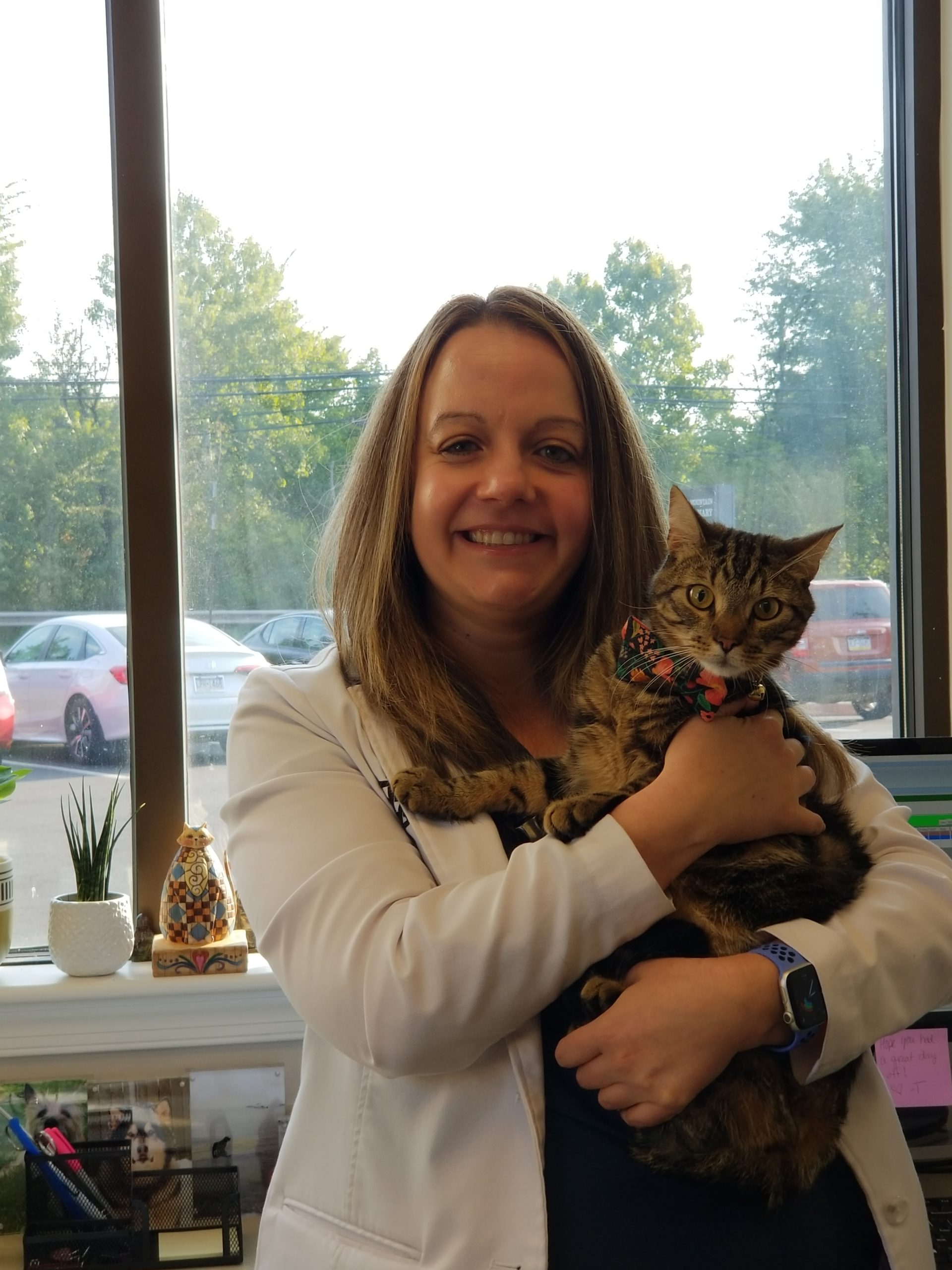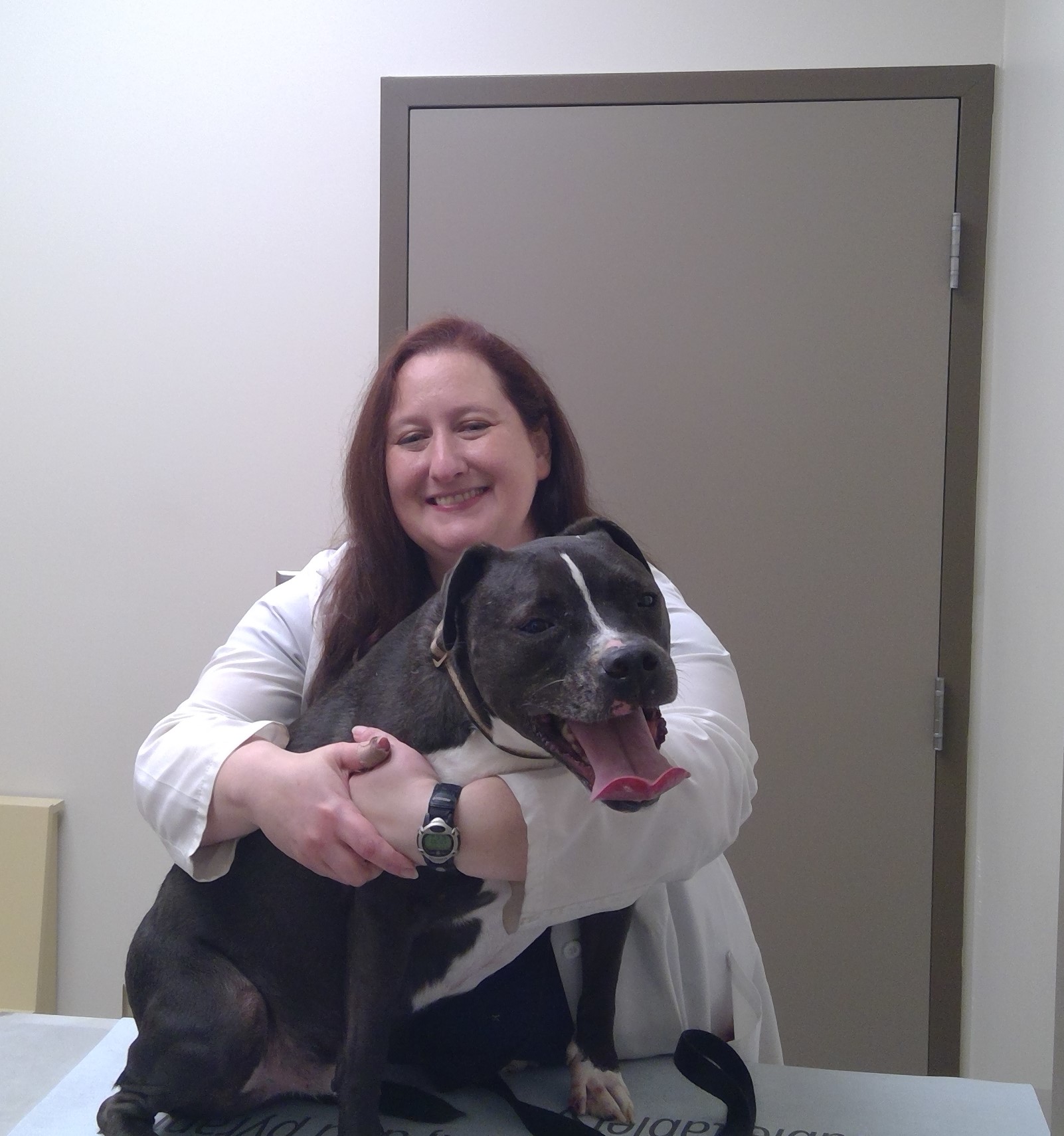Success Rate
Currently the success rate of either surgery is between 85-90%. This means your pet should get back to normal or near normal activity over a 2-4 month period. There are a small percentage of dogs and cats that do not do well following cruciate ligament injury, no matter how they are treated.
Anesthesia
There is always a risk with anesthesia although it is rare that significant problems are encountered if the pet has been thoroughly evaluated prior to surgery. All animals anesthetized are continuously monitored by a veterinary nurse throughout the procedure. They are placed on intravenous fluids and their heart rates, respiratory rates and blood pressure are constantly monitored. They are also placed on a circulating warm water blanket to help maintain their body temperature under anesthesia.
Infection
There is always the potential for infection with any surgery. In most cases infection occurs when the animal licks or chews at the surgical incision postoperatively. That is why we send your pet home with a protective collar that they should wear at all times to prevent them licking or chewing at the incision. With either surgery- if an infection develops it can delay healing and necessitate the removal of the implants (the stabilizing Nylon suture or the bone plate and screws), which is additional anesthesia and surgery for your pet and additional cost.
Implant failure
Premature breakdown of the stabilizing Nylon suture can occur and is more likely in very large, active dogs or obese dogs, which is why it is recommended that dogs over 70 pounds are suggested to have TTA procedures. It is also more likely if dogs do not have their activity restricted as directed postoperatively. If the Nylon suture breaks prematurely it can lengthen the recovery process and in some cases necessitate further surgery.
The bone plate and screws used in the TTA are very strong but by cutting the bone – this is essentially the same as having a fractured bone that requires time to heal. Initially the strength of the repair is provided by the plate and screws alone. Over the next few weeks, as the bone begins to heal, the bone starts providing additional strength to the repair. It is rare that we have implant failure with this technique but if the plate or screws break, the plate pulls off the bone, or the bone breaks around the screws further surgery is required and it can be very difficult to perform this additional repair. This is why it is crucial to follow the take home instructions for proper rest and rehabilitation.
Isolated meniscal injury
As previously stated, dogs do have a slight risk of developing an isolated meniscal injury in the future, requiring re-exploration of the joint. This can occur with either the lateral suture technique or the TTA and it is not possible to predict which dogs will be affected.
Fabella Pain
This is a potential complication of the lateral suture stabilization technique. The fabella is a small bone at the back of the dog’s knee that the Nylon stabilizing suture is placed around. In a very small percentage of dogs this can cause some discomfort and occasionally we need to remove it under a very short anesthesia.
Tibial Tuberosity fracture (fracture through the top, front part of the tibia or shin bone)
This is a rare complication of the TTA procedure. It occurs very infrequently and is most often secondary to the pet being too active postoperatively. It may require placement of metal pins to repair the damaged piece of bone.
Persistent Lameness secondary to osteoarthritis
This affects between 10-15% of dogs. This is a potential complication with either surgery and there is no way to predict which dogs will have significant problems with arthritic pain. It requires life-long activity moderation (less free running and jumping, more slow leash walks and swimming) and the use of non-steroidal anti-inflammatory drugs long term (drugs such as Rimadyl, Deramaxx, Metacam Galliprant and Previcox).
Specific instructions will be given at the time your pet is discharged from the hospital including what medications to give (antibiotics and pain medications). In general animals come back in 10-14 days to have their incisions checked and the skin sutures or staples removed. The stability and comfort of the joint will be checked at this visit.
Following surgery your pet will require strict activity restriction. Patient activity is generally restricted for at least 2 ½ to 3 months.
Postoperative Instructions
For the first 10-14 days your dog should be confined to a crate or small room with minimal furniture. Steps should be kept to a minimum. They should go outside on a short leash, no longer than 3 feet (not at the end of an extendible leash) to go to the bathroom only – no free running, jumping or playing is allowed. This can result in failure of the implants and may result in the need for more surgery.
If your dog will tolerate it you can apply an ice pack to the incision up to 4 times daily for 10-20 minutes for the first 3-5 days. Do not try to force this if your dog will not let you.
Once the skin sutures have been removed in 2 weeks you can start the following walking program at home – all other restrictions still apply and your dog should still not be allowed to roam free in the house:
Week 3 post operatively: Slow, on a short leash walks for 5 minutes up to 3-4 times daily. You can also start making your dog walk in some small circles and figures of 8 with the operated leg on the inside of the circle/8.
Week 4 postoperatively: Slow, on a short leash walks for 10 minutes up to 3-4 times daily.
Week 5 postoperatively: Slow, on a short leash walks for 15 minutes up to 3-4 times daily.
Week 6 postoperatively: Slow, on a short leash walks for 20 minutes up to 3-4 times daily.
For dogs that have had a TTA, weeks 7 and 8 should be the same as week 6: Slow, on a short leash walks for 20 minutes up to 3-4 times daily.
If your dog is hard to control on the leash and is liable to injure themselves their activity should be completely restricted to leash walks to the bathroom only for the first 6 weeks. Following the lateral suture surgery dogs are then seen for a recheck at 6 weeks; further activity instructions will be given at this visit. For dogs that have had a TTA, follow-up x-rays will be needed to assess healing at 8 and 12 weeks postoperatively. There is an additional charge for these x-rays and sedation for at least the 8 week xrays,. Additional X-rays may be taken in 2 weeks if the 12 week radiographs do not show complete healing. Dogs that have had a lateral suture stabilization do not require follow-up x-rays in most cases.
All pets with stifle problems should maintain an ideal body weight and you may need to decrease the amount you are feeding during the postoperative recovery period.
The amount of arthritis that an animal develops after cruciate ligament injury is variable and there is no way to predict how it will affect your pet. It is important that once they have healed from surgery they have regular exercise, maintain an ideal body weight and, if possible, stay on a Hyaluronic Acid and Glucosamine/Chondroitin joint supplement for life.
In addition, some animals may require the tactical use of non-steroidal anti-inflammatory drugs such as Rimadyl, Deramaxx, Previcox Galiprant or Metacam. These can be obtained from your regular veterinarian and be used on an “as needed” basis. Arthritis tends to cause more discomfort after periods of sudden very heavy exercise (free running, jumping, ball chasing) and when the weather is cold and damp.









